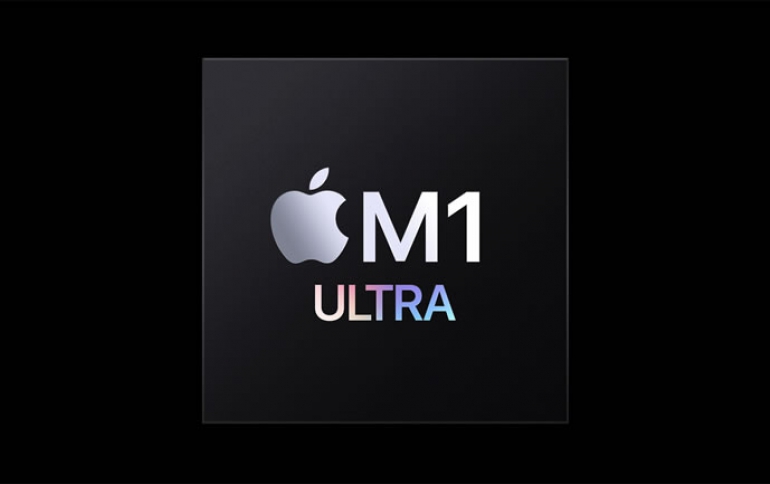
Apple unveils M1 Ultra, the world’s most powerful chip for a personal computer
Groundbreaking UltraFusion Architecture
The foundation for M1 Ultra is the extremely powerful and power-efficient M1 Max. To build M1 Ultra, the die of two M1 Max are connected using UltraFusion, Apple’s custom-built packaging architecture. The most common way to scale performance is to connect two chips through a motherboard, which typically brings significant trade-offs, including increased latency, reduced bandwidth, and increased power consumption. However, Apple’s innovative UltraFusion uses a silicon interposer that connects the chips across more than 10,000 signals, providing a massive 2.5TB/s of low latency, inter-processor bandwidth — more than 4x the bandwidth of the leading multi-chip interconnect technology. This enables M1 Ultra to behave and be recognized by software as one chip, so developers don’t need to rewrite code to take advantage of its performance. There’s never been anything like it. Apple’s innovative UltraFusion packaging architecture connects two M1 Max die to create the incredibly powerful M1 Ultra.Unprecedented Performance and Power Efficiency
M1 Ultra features an extraordinarily powerful 20-core CPU with 16 high-performance cores and four high-efficiency cores. It delivers 90 percent higher multi-threaded performance than the fastest available 16-core PC desktop chip in the same power envelope. Additionally, M1 Ultra reaches the PC chip’s peak performance using 100 fewer watts.2 That astounding efficiency means less energy is consumed and fans run quietly, even as apps like Logic Pro rip through demanding workflows, such as processing massive amounts of virtual instruments, audio plug-ins, and effects.
The 20-core CPU of M1 Ultra delivers 90 percent higher multi-threaded performance than the fastest available 16-core PC desktop chip in the same power envelope.




















